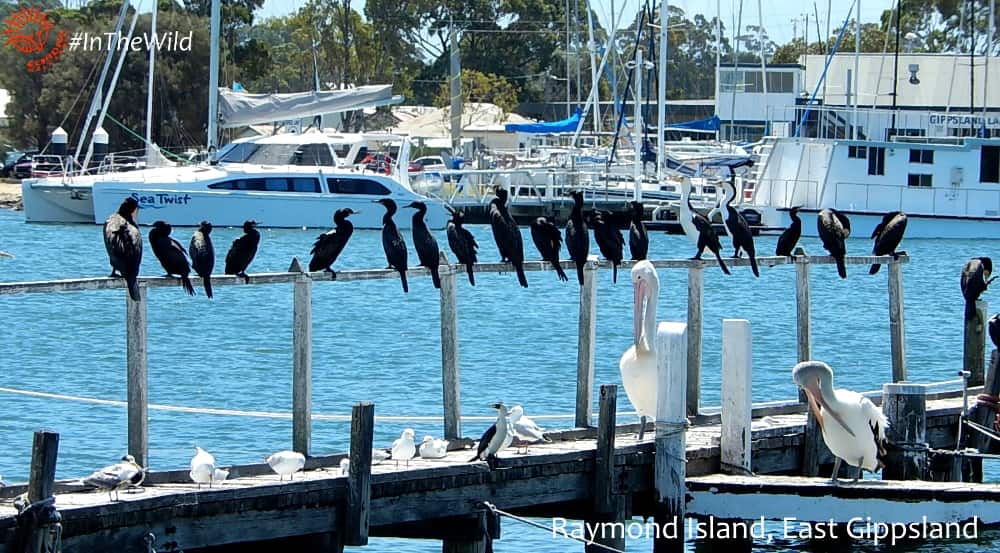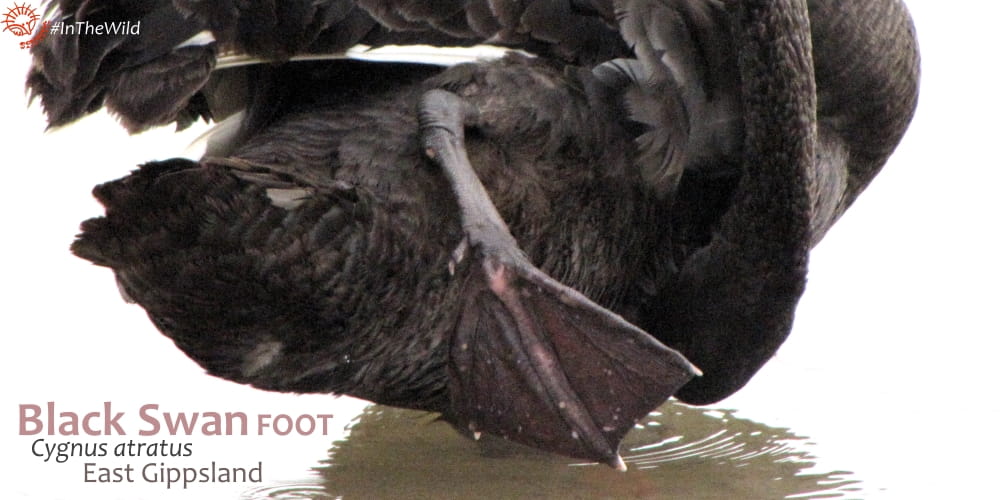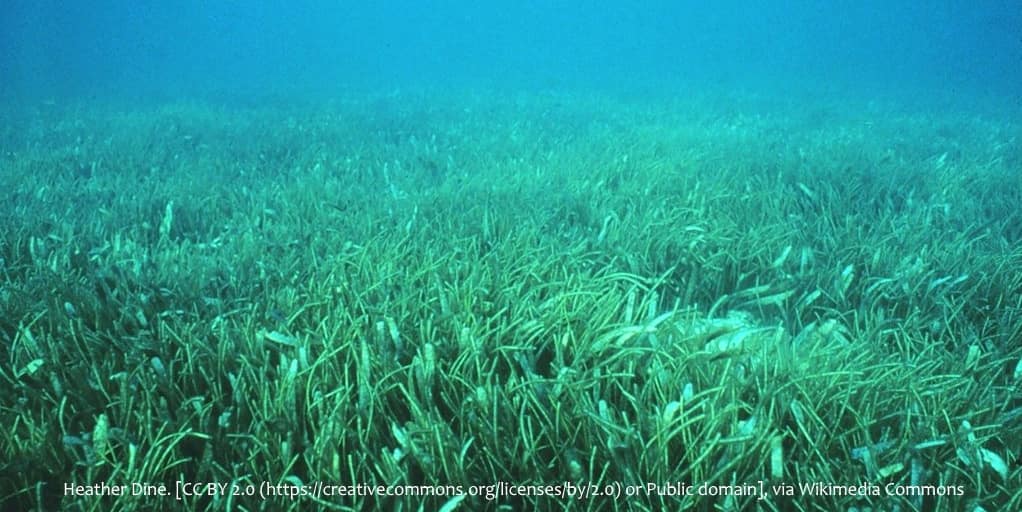When you spend time watching nature you see something new and riveting every day. The more you watch, the more you see. Our 4 day Wildlife Journey tour is designed to spend time in nature, and as a result we see fascinating wild animal behaviour and learn about our world.
I have seen Black Swans on this tour many, many times. But I’d never seen them dancing, or perhaps I’d never noticed this behaviour before.
Time spent in nature is good for our brains and creativity. Nature is constantly changing, revealing layers that we haven’t glimpsed before.

Myself and my tour guests stood by the lake shore at Raymond Island – a wildlife paradise amongst the Gippsland Lakes in East Gippsland, Australia – looking across the silky blue water. There were Black Swans Cygnus atratus all around, with Silver Gulls, Crested Terns, Pied & Little Black Cormorants and Australian Pelicans. A Common Koel hooted in the background.

Suddenly the swans started to dance. Side by side they bobbed up and down in the water, then plunged their long necks deep into the water, remaining submerged for minutes. Then the dance started again. It was like they were jogging on the spot, or some strange version of musical chairs – jog, jog, jog, stop!
Watch:
After watching for some minutes I realised what it reminded me of: the pipi shuffle. Birds, and some humans (usually fisherpeople), will stand in wet sand on the seashore and move their feet up and down rapidly. When they feel a pipi (an edible clam – Plebidonax deltoides, or other type of bivalve mollusc) they will suddenly reach down and catch it.
About the Pipi Shuffle
Take off your shoes. Find some really wet sand, especially where the tide has just gone out. If the waves wash over your feet, all the better. Move your feet rapidly up and down, feeling with your toes – the sand should liquefy under your feet. When you feel a smooth, hard object under your feet dive down rapidly and try to catch it with your hands. Or try to flick it up with your feet. It won’t be easy – the pipi senses an attack and burrows down fast. Its a good workout for your balance and your calf muscles! Leave the pipi though – the birds need them more than we do.
Black Swans are vegetarians by nature, and don’t eat pipis. As adults they eat plant matter – roots, shoots, algae and leaves. Could they be using their large strong feet to dig up something other than shellfish?

My curiosity was aroused. I spent some time looking in the clear shallow lake water, but I couldn’t see what the swans were digging for. The lake around Raymond Island is open to the sea – its actually an estuary – and is almost as salty as the sea. Over the years I’ve watched Black Swans feeding there many times. So what could they be eating?
Seagrass!

Seagrasses are underwater plants that live in, and close to, the sea. They provide food for dugongs, sea turtles, fish, crabs and birds like Black Swans. Seagrasses are different to seaweed, which is algae. Black Swans eat both.
Importantly, seagrass spreads by rhizome – an underground stem – which sends up new shoots. Its just like the buffalo grass runners in your lawn. Even if the leaves were not yet visible, perhaps the swans were eating the buried rhizomes and new shoots of the seagrass.
What's the difference between seagrass and seaweed?
Seaweed is a large form of algae (macroalgae) and has a simple structure. They do not have roots that penetrate the sea bottom, but produce a holdfast that anchors them. Seaweed produce spores, not flowers and seeds. Seaweed can be brown, red or green.
The Gippsland Lakes are home to some of Victoria’s most important and productive seagrass meadows. It is estimated that seagrass meadows are some of the richest ecosystems on earth. They feed many animals and give shelter to others. Small fish, food for our unique, newly-described Burunnan Dolphins, thrive in the estuaries of the Gippsland Lakes.
Our Wildlife Journey tour is four days long for a reason. Any less, and tourists would not get to spend quality time in nature. Spending time in nature is good for people, for many reasons.

One reason is learning and intelligence. This article claims that our brains are sharper when we are outdoors.
The dancing Black Swans brought an unknown world to our attention. Just by spending time in nature we discovered an exciting underwater world of hidden seagrass meadows, tides and sand, baby fish nurseries and rare dolphins.
Without these invisible plants, our lovely Australian Black Swans, our pelicans, ducks and cormorants, our dolphins and fur-seals can’t survive.
Even humans may not survive without the meadows of the sea. Economically, the multi-billion dollar tourism industry would suffer without swans, dolphins, dugongs and sea-turtles to show visitors. Fisheries that feed millions of people would lose important fish breeding grounds. Like mangroves, seagrass meadows stablilise sand and mud, keeping the sea clear and protecting the coastline from damaging waves. But, maybe most importantly, seagrass meadows store huge amounts of carbon, and help limit the damage of climate change. Read more about what seagrass does for us here.
The dancing Black Swans started something. I’ll never look at a pondweed quite the same again.
All our tours spend as much time in nature as possible. The longer the tour, the more time you get in a special place and the more good it does you. Other tours that spend time in nature: 6 day Wild Top End to the Northern Territory; 15 or 21 day Maximum Wildlife northern and southern Australia, 4 day Mungo Outback Journey.
NOTES & REFERENCES:
Support Project Seagrass (global): https://www.projectseagrass.org/
Seagrass restoration projects in Australia: https://seagrassrestoration.net
Learn about and help the endangered Burrunan Dolphin: https://marinemammal.org.au/burrunan-dolphin/
What do Black Swans eat: http://www.myswan.org.au/index.php/faqs/what-do-black-swans-eat/ and https://www.beautyofbirds.com/blackswans.html
Submit a sighting of a tagged Black Swan: http://www.myswan.org.au/sighting.php
BirdLife Australia about Black Swans: http://www.birdlife.org.au/bird-profile/black-swan
The Seagrasses of Victoria’s Westernport Bay: https://seagrass.com.au/discover-western-port/regional-flora/seagrass-species/
Seagrass species found in Australia: http://www.mesa.edu.au/seagrass/seagrass03a.asp

